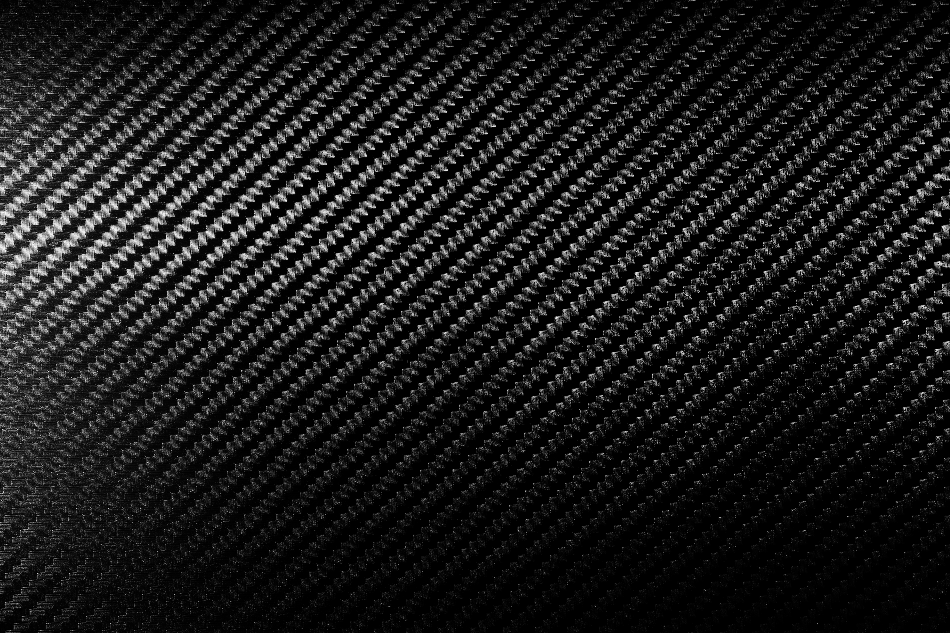
taro911 Photographer / Shutterstock
Carbon fiber is a material used in various applications across many industries. The demand and popularity of this material are attributed to its strength and lightweight properties.
Graphene has been praised as a “wonder material.” Plenty of research and development has gone into applications where graphene can possibly be used. The material is made up of a one-atom-thick layer of graphite and could likely be used in a host of applications owing to its high conductivity and durability.
At Rice University in Texas, researchers have designed a stronger carbon fiber by mixing graphene oxide flakes. They used an eco-friendly chemical extraction process to create two types of fibers. This is a unique process that has been patented to the university to eliminate graphene flakes from graphite.
The first type of fiber included flakes with a normal diameter of about 22 µm. This diameter represents a huge difference when compared to the petroleum-based pitch generally used in carbon fiber.
The pitch particles are two nanometers in size, which makes our flakes about ten thousand times larger.
Changsheng Xiang, Lead Author and Graduate Student, Rice University
The fiber was tested by evaluating the strength of its knots. Common fibers are likely to break under tension but the new carbon fiber showed “100 percent knot efficiency.”
However, when heated to about 2,100 °C, the “knot” strength of the fiber is reduced, but should result in improving the fiber’s tensile strength, which makes it useful for composites.
Carbon fiber is utilized in a host of commercial products, however this type of carbon fiber would not be applicable. So, researchers created a second fiber using 9-micron flakes instead of 22.
In contrast, the smaller graphene flakes were drawn from the wet-spinning process under tension, allowing the fiber to have a similar strength as that of the commercial products at room temperature.
Using an eco-friendly process to produce a stronger carbon fiber is an innovation that works all the time. It is important to make sure that the new carbon fiber maintains its ultra-light properties. However, creating a process where the fiber can be made more flexible and stronger is something that can benefit a range of varied industries.
Using Graphene in Carbon Fiber

Flexible, lightweight and more durable.

Researchers at Rice University chemically extracted graphene oxide flakes from graphite.

Comparisons between carbon fibers showing the 100% knot efficiency in carbon fiber combined with graphene oxide.

To test the strength of carbon fiber, researchers at Rice University use a 'knot' test.

The 'knot' test shows the strength and flexibility of the carbon fiber.

Researchers at Rice University developed two fibers; the first using 22 microns of graphene oxide, the second using 9-microns for commercial applications.